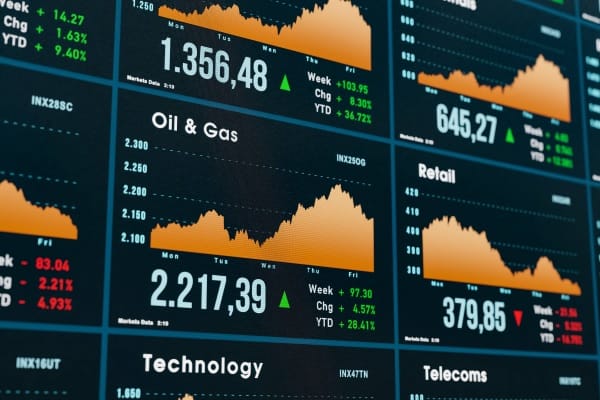Bussiness
Oil rebounds slightly today with positive data from China and the Eurozone

Crude oil was able to achieve some slight gains today by 0.2% and 2.5% for both Brent and West Texas Intermediate, respectively, at 9:10 a.m. GMT.
The oil market gains came with the fastest growth in manufacturing activities in China in more than a year and the faster-than-expected growth of the Eurozone economy in the first quarter.
Today’s dawn, we witnessed the reading of the Caixin/S&P Global manufacturing PMI for April, which was better than expected and at the highest level since March of last year.
The PMI report gives more reassuring signals overall for oil markets that are more focused on the economic reality in China than any other factors, including programed or geopolitical supply constraints that appear to be fading, at least for now.
The report indicated further improvement in the demand and supply sides in the manufacturing sector, with more influx of new business, including those from abroad, which grew at the fastest pace in three and a half years. This growth in demand has been matched by factories, optimistic about economic conditions, expanding purchasing activities while hiring remains cautious.
Eurozone data was also bright today and reinforce the sentiment in the oil market, which is looking for signs of a recovery in global demand in light of high interest rates, which may remain so for a much longer period than expected.
The Eurozone’s GDP witnessed faster-than-expected growth in the first quarter by 0.3% compared to the previous quarter, according to the Eurostat’s preliminary reading. Germany, France, and Spain also recorded stronger-than-expected growth during the same period, in addition to an acceleration in retail sales and consumer spending in Germany and France, respectively, in March.
We also witnessed today the consistency of inflation growth in the Eurozone at 2.4% on an annual basis, in addition to a less than expected slowdown in core inflation, which may encourage monetary policy makers to be patient in cutting rates.
While these pessimistic expectations about the future path of monetary policy push bond yields further, while the real yield of ten-year German bund are at the highest levels since 2016. This would keep borrowing costs high, which may hinder the restoration of growth, even if the region continues to show signs of life and the ability to regain growth despite difficult credit conditions.










